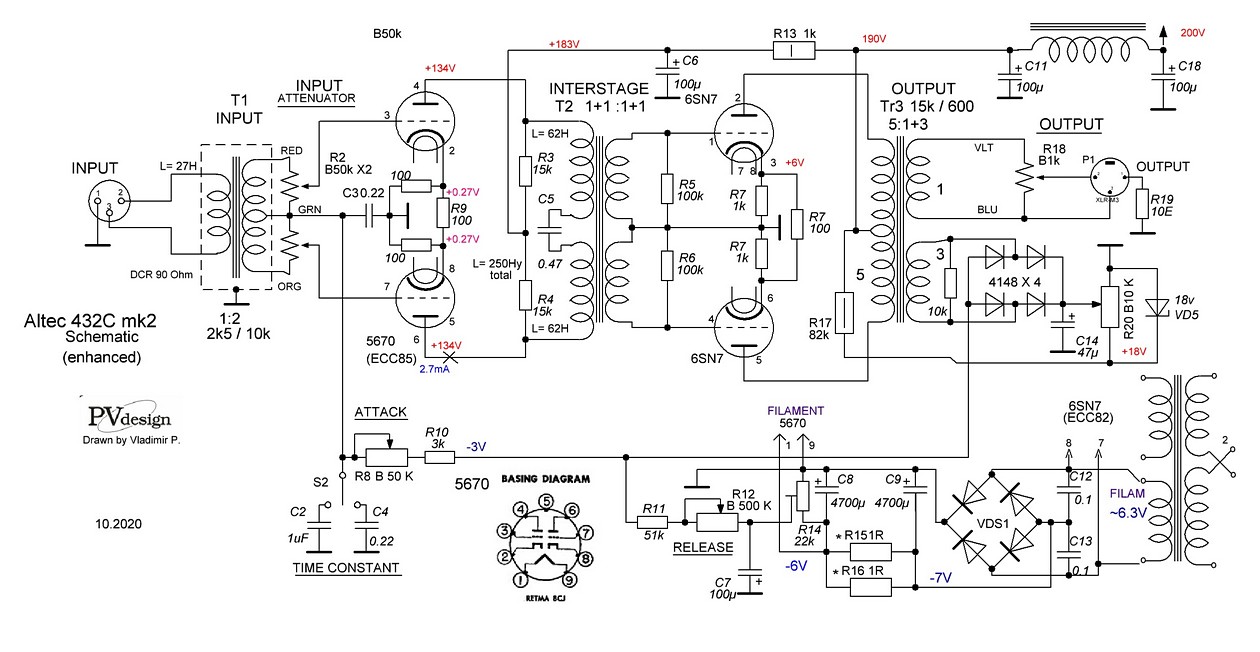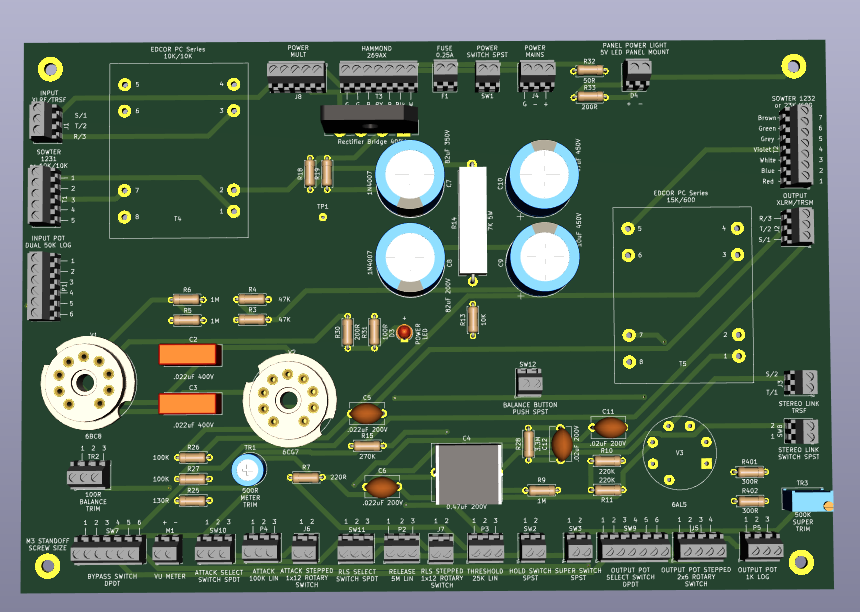Winston OBoogie
Well-known member
Rob Flinn said:I found a cheap R core mains transformer on the net that was a LOT cheaper than the hammond & worked very well. It was about 30 euros.
Yep, I'd be looking at something like that too. Nice price.
I can't say I've ever considered using Hammond myself. I only mentioned them because it's the brand Teambanzai had specified.
Actually, I'm on the hunt for a good and reasonably priced isolation type (240:240) to use for H.T. supplies myself. I want electrostatic shields though (primary to secondary & possibly another from the core) which narrows my options.
L.T. from a separate supply, maybe switching? If not, then something also with a shield and high enough AC to allow for DC regulated. Bipolar +/- 3.15V
Whichever way, it won't be torroids as I find they're just too wide-band and easily pass hi freq. mains hash into your unit. Likewise, they can pass junk from the loop of the secondary, rectifier, and first cap back into the mains.






![Soldering Iron Kit, 120W LED Digital Advanced Solder Iron Soldering Gun kit, 110V Welding Tools, Smart Temperature Control [356℉-932℉], Extra 5pcs Tips, Auto Sleep, Temp Calibration, Orange](https://m.media-amazon.com/images/I/51sFKu9SdeL._SL500_.jpg)




























